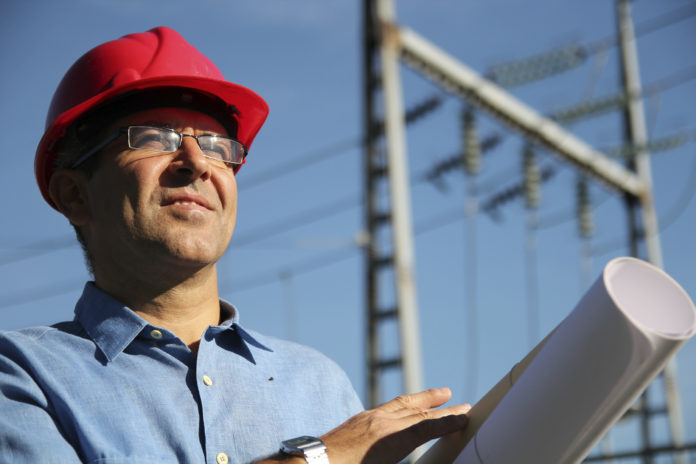By: Megan Ray Nichols
While the concept of large-scale energy storage has some significant barriers to widespread adaptation, many of these shortcomings have been resolved within the past few years. According to Bloomberg’s New Energy Outlook 2016, the global energy storage market is expected to skyrocket to $250 billion by 2040. Instead of trying to convince the general public of the importance of modern energy storage, many utility companies are now focused on optimizing their grids to support long-term efforts.
Investing in Storage to Enhance Transmission and Distribution Hardware
One area in particular of the energy storage market is the niche of transmission and distribution hardware. With projected growth of 4.8 percent in 2017, amounting to a total of $30.4 billion, it’s an area that has seen significant gains over recent years. Much of this growth can be attributed to the rising interest in renewable and green energy.
Substantial investments will be required to upgrade the world’s current infrastructure, including transmission and distribution equipment, to meet the enhanced functionality and connectivity of the new, eco-friendly grid.
Modern smart meters, which control incoming and outgoing electricity in an eco-friendly and environmentally conscious manner, are a recent example of how such systems can be optimized. While smart meters have plenty of benefits, there are some disadvantages associated with some of the earliest models.
Enhancing Connectivity With Virtual Power Plants
As software and device virtualization is on the rise in every industry, it was only a matter of time before the technology found its way to the energy grid. Described by some experts as the Internet of Energy, virtual power plants, or VPPs, tie into local grids that feature various energy generators and providers. Many of these sources rely on renewable energy, including solar, wind, hydro or biomass electricity.
Communities need to work together to achieve the maximum benefit from the VPP framework. By remotely controlling and connecting the independent VPPs that exist throughout a city, customers are able to decrease energy demand and bolster renewable energy allocation in surrounding regions.
The connectivity, allocation and optimization of these grids are ultimately left up to individual energy service providers. By using next-gen software, big data analysis and real-time monitoring, providers can streamline energy usage and ensure the availability of power during times of peak demand.
Strengthening and Refining Technical Capabilities
One of the biggest barriers faced by providers when it comes to optimizing the smart grid now comes in the form of technical limitations of current software suites. Although current programs and controls are able to allocate resources and monitor usage, they lack the sophistication that is required for complete optimization. Experts predict the U.S. market for related software to reach nearly $2 million by 2025, but this does little to help the earliest industry pioneers.
Current hardware will need to be refined, too. Major energy storage companies are already exploring long-term storage through the use of lithium-ion batteries, but most agree that this isn’t ideal. While prices are plummeting, they remain a major obstacle when trying to optimize a smart grid that relies on traditional battery storage.
Engineers and researchers are considering a number of alternatives, including compressed air storage, modern flywheels and various other systems and materials. Some of these concepts might be archaic in terms of design, but modern technology has the potential to enhance the functionality and operability of some traditional devices.
New breakthroughs in flywheel design provide an excellent example of how technology can be applied to streamline and optimize an older design. Touted for its high speeds, operational efficiency, low costs and minimal impact on the environment, this device has great potential for optimizing smart grid storage in the near future.
Optimizing the Current Grid While Planning for the Future
Because the smart grid is still a relatively new innovation, it’s critical to design a system that is scalable and flexible. While it can be beneficial to implement smart meters, VPP connectivity and next-gen software or hardware, it’s not a process to rush into. Proper research, planning and forecasting can go a long way in ensuring a smooth transition to the smart grid, accommodating future innovations and maintaining grid optimizing for years to come.
About the Author:
 Megan Nichols is the editor of Schooled by Science. She enjoys writing about the latest innovations in technology and science.
Megan Nichols is the editor of Schooled by Science. She enjoys writing about the latest innovations in technology and science.








